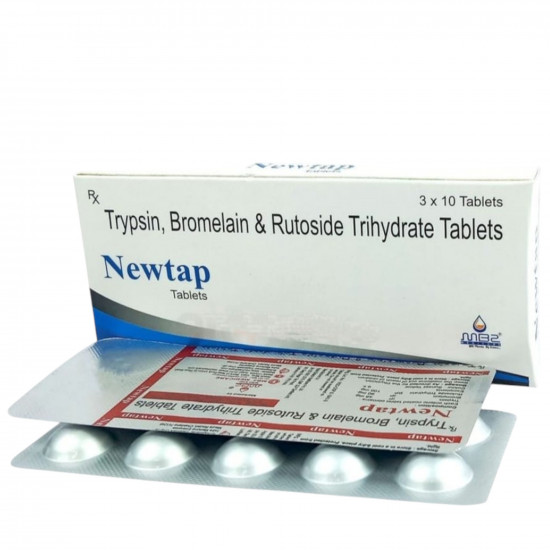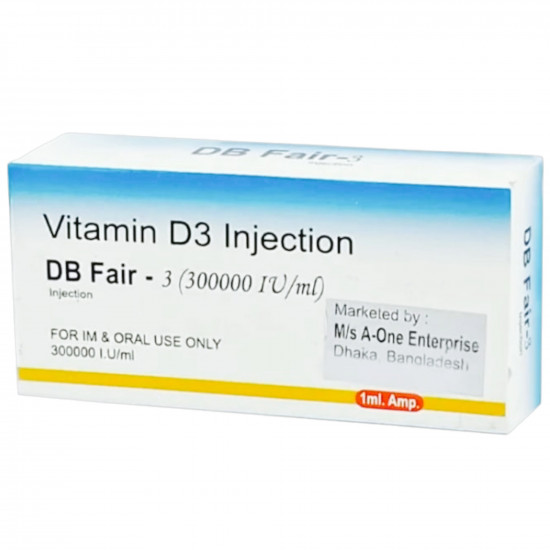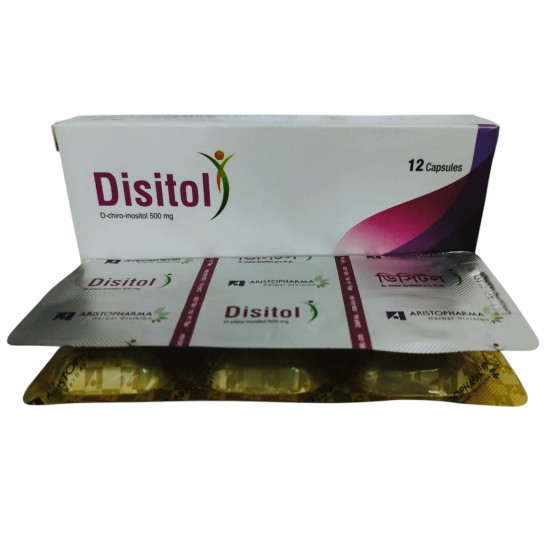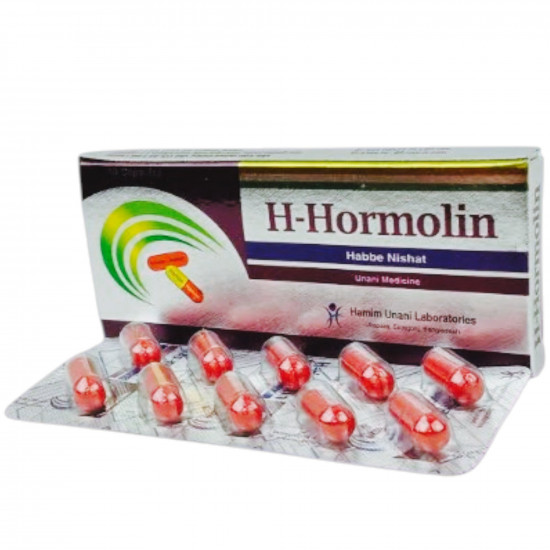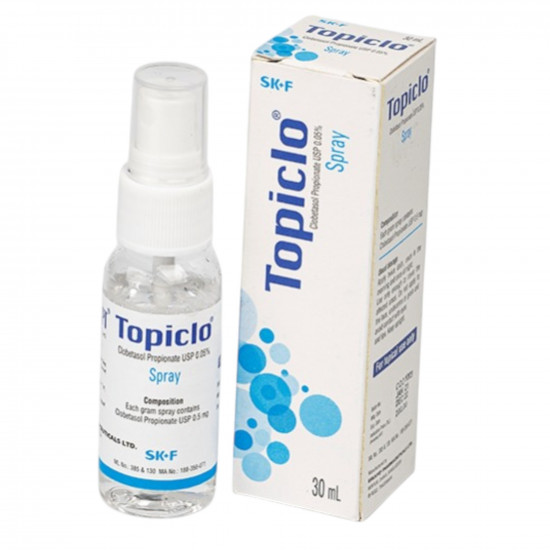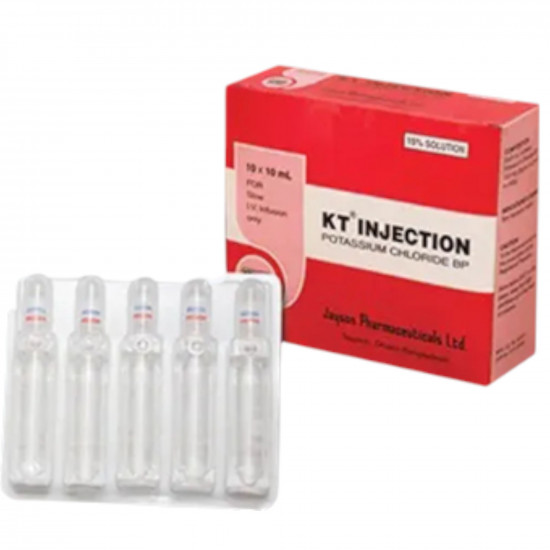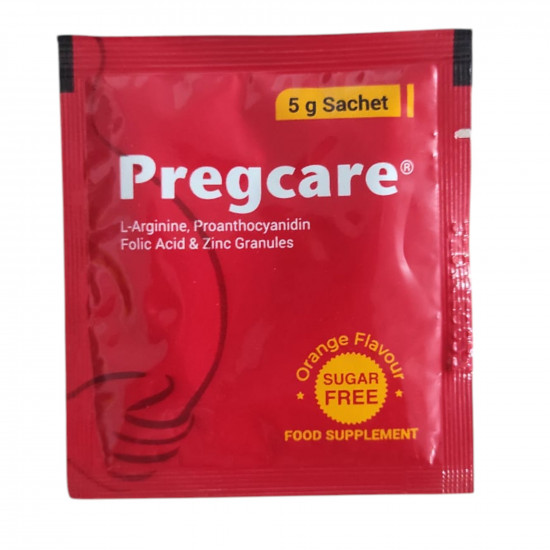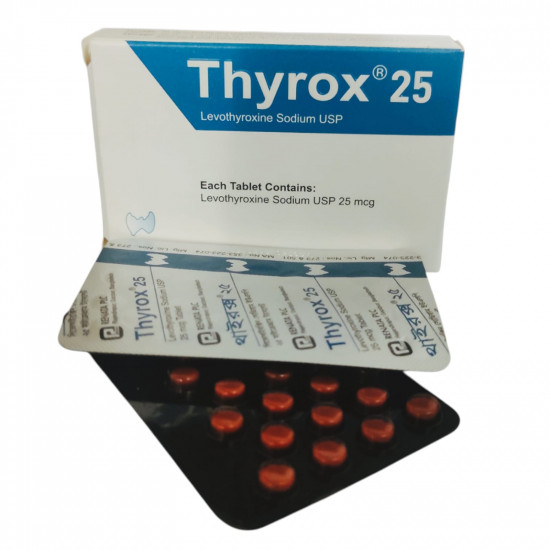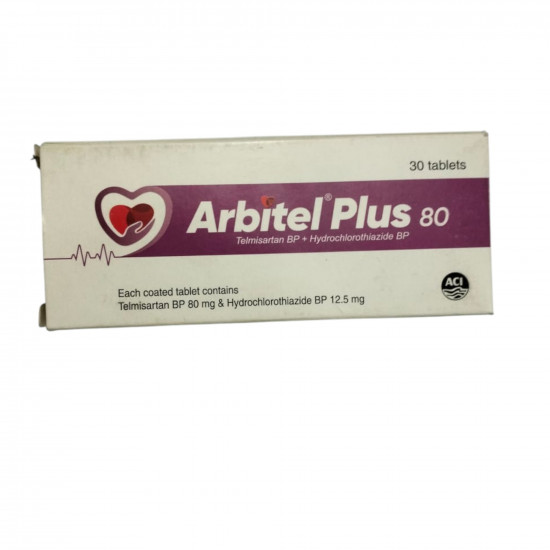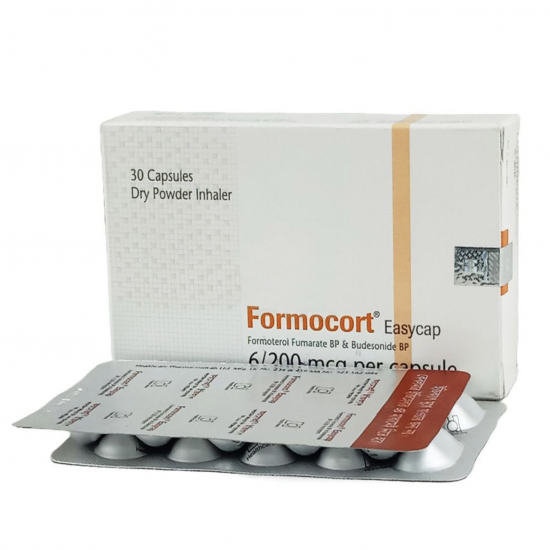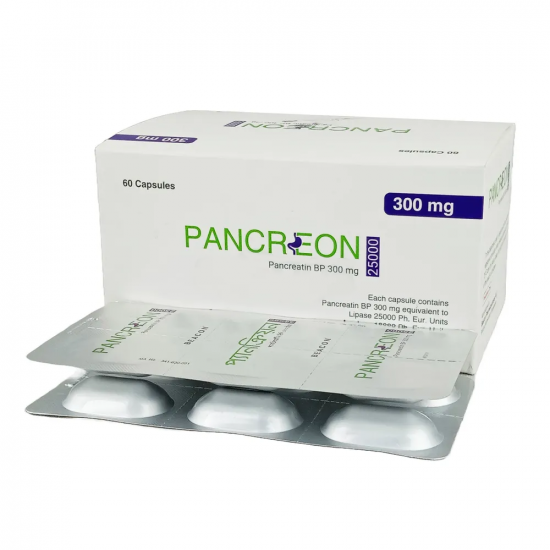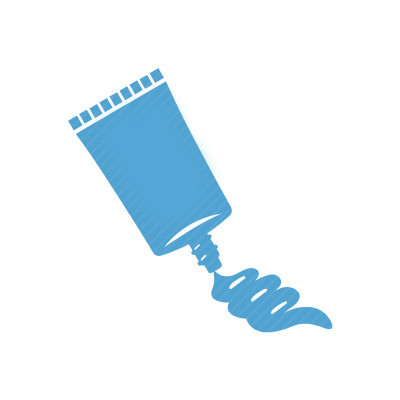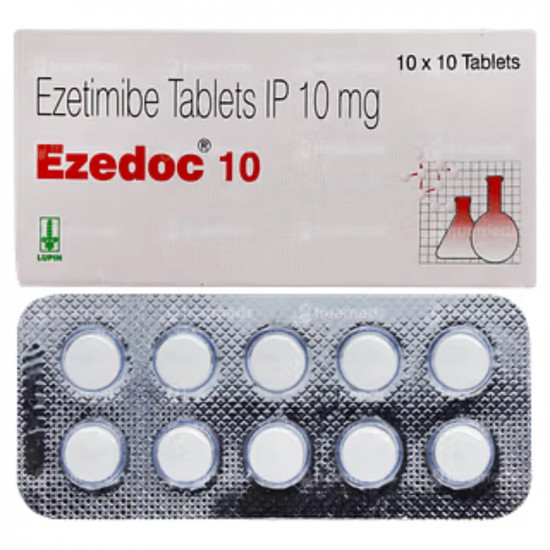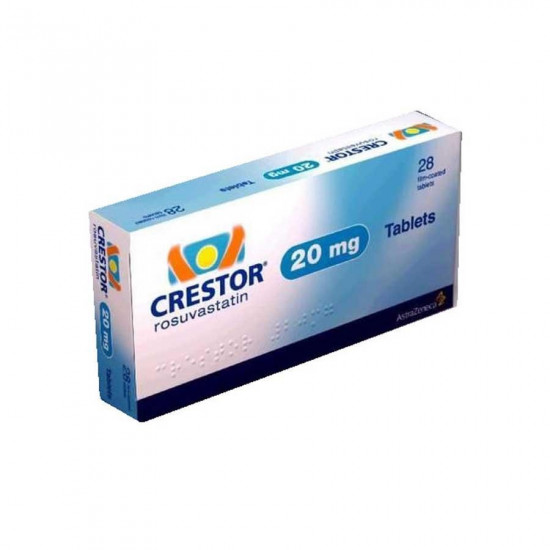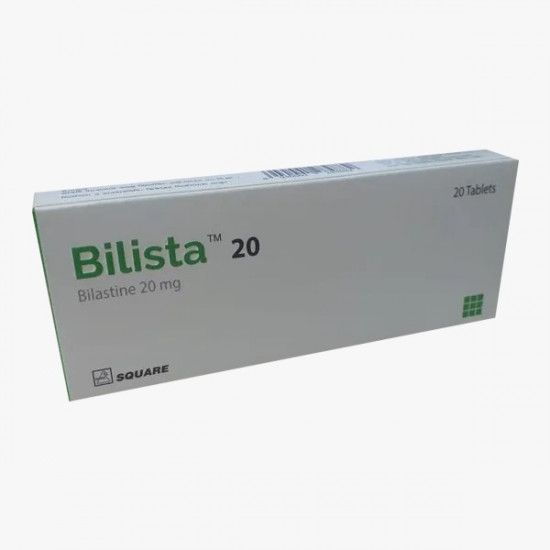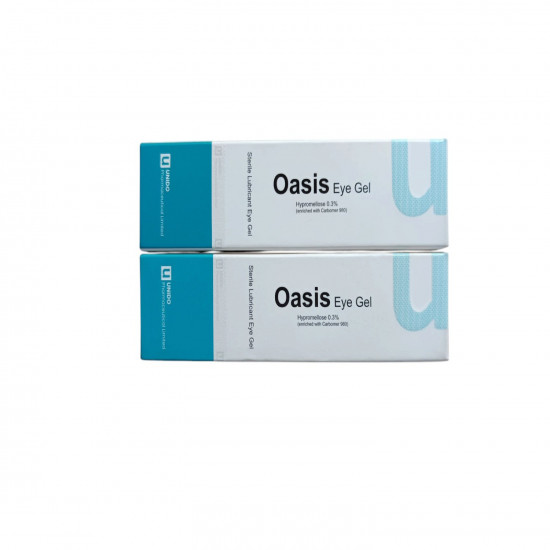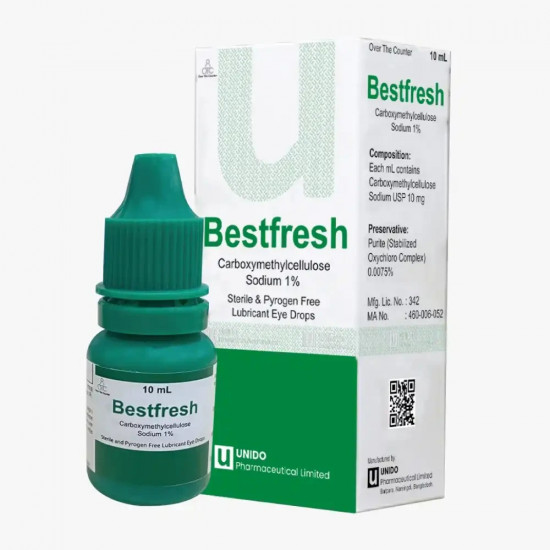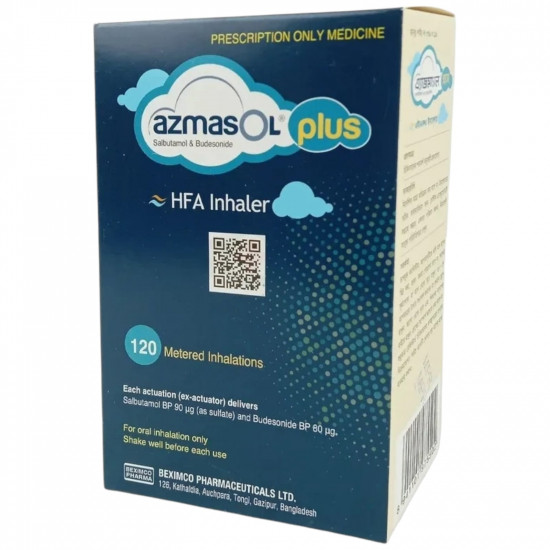
✔ 100% Authentic Product
👁️ Currently Viewing 1579
Manufacturer/Distributor: Beacon Pharmaceuticals Ltd.
Generic Name: Tolfenamic Acid
Discount
Price: ৳ 95
MRP:
৳
100
5%
Off

100% Genuine Products, Guaranteed

Safe & Secure Payments, Always

Fast, Secure & Efficient Delivery

Proper Packaging
 Cash on Delivery - All over Bangladesh
Cash on Delivery - All over Bangladesh Regular Delivery - 12-24 Hours, Dhaka City* Charge Tk.39-59
Regular Delivery - 12-24 Hours, Dhaka City* Charge Tk.39-59 Regular Delivery - 24-48 Hours, Other Cities* Charge Tk.99-110
Regular Delivery - 24-48 Hours, Other Cities* Charge Tk.99-110
 ফ্রি ডেলিভারিঃ - ৯৯৯ টাকা+ অর্ডারে, ঢাকা
শহরে
ফ্রি ডেলিভারিঃ - ৯৯৯ টাকা+ অর্ডারে, ঢাকা
শহরে ফ্রি ডেলিভারিঃ - ২৯৯৯ টাকা+ অর্ডারে, ঢাকার
বাহিরে
ফ্রি ডেলিভারিঃ - ২৯৯৯ টাকা+ অর্ডারে, ঢাকার
বাহিরে
100% Genuine Products, Guaranteed
Safe & Secure Payments, Always
Fast, Secure & Efficient Delivery
Proper Packaging
 Cash on Delivery - All over Bangladesh
Cash on Delivery - All over Bangladesh Regular Delivery - 12-24 Hours, Dhaka City* Charge Tk.39-59
Regular Delivery - 12-24 Hours, Dhaka City* Charge Tk.39-59 Regular Delivery - 24-48 Hours, Other Cities* Charge Tk.99-110
Regular Delivery - 24-48 Hours, Other Cities* Charge Tk.99-110 ফ্রি ডেলিভারিঃ - ৯৯৯ টাকা+ অর্ডারে, ঢাকা
শহরে
ফ্রি ডেলিভারিঃ - ৯৯৯ টাকা+ অর্ডারে, ঢাকা
শহরে ফ্রি ডেলিভারিঃ - ২৯৯৯ টাকা+ অর্ডারে, ঢাকার
বাহিরে
ফ্রি ডেলিভারিঃ - ২৯৯৯ টাকা+ অর্ডারে, ঢাকার
বাহিরে
✅ Description:
Migratol is a pain relieving medicine. It is used for treatment of pain associated with acute attacks of migraine in adults. It may also be used to relief pain associated with joints and muscles. Migratol can be taken with food, preferably with a glass of water. The dose and duration will depend on what you are taking it for and how well it helps your symptoms. You should keep taking the medicine even if you feel better until the doctor says it is alright to stop using it. The most common side effects of this medicine include mild indigestion, diarrhea, nausea, vomiting, stomach pain, rash, headache, and dizziness. If any of these side effects persist or get worse, you should let your doctor know. Your doctor may be able to suggest ways of preventing or reducing the symptoms. Before using it, you should let your doctor know if you have a history of stomach ulcers, heart diseases, high blood pressure, and liver or kidney disease. Let your doctor also know about all the other medicines you are taking because they may affect, or be affected by, this medicine. Pregnant and breastfeeding mothers should consult their doctors before using the medicine.
Uses of Migratol
- Pain relief
Side effects of Migratol
Common
- Vomiting
- Nausea
- Indigestion
- Diarrhea
- Heartburn
- Loss of appetite
How to use Migratol
Take this medicine in the dose and duration as advised by your doctor. Do not chew, crush or break it. Migratol is to be taken with food.
How Migratol works
Migratol is a non-steroidal anti-inflammatory drug (NSAID). It works by blocking the release of certain chemical messengers that cause fever, pain and inflammation (redness and swelling).
Quick Tips
- It should be taken with food or milk to avoid getting an upset stomach.
- It can cause serious complications like stomach bleeding and kidney problems if taken for a long time.
- Migratol can raise your risk of blood clots, heart attack, or a stroke.
- Inform your doctor if you are pregnant or planning to conceive or breastfeeding.
- Inform your doctor if you have ever been diagnosed with kidney or liver problems.
Brief Description
Indication
Mild to moderate pain, Acute migraine attacks
Administration
Should be taken with food. Take w/ or immediately after meals.
Adult Dose
Oral Acute migraine attacks Adult: 200 mg when 1st symptoms appear, may be repeated after 1-2 hr, if necessary. Mild to moderate pain Adult: 100-200 mg tid. Hepatic impairment: Severe: Avoid.
Renal Dose
Renal impairment: Severe: Avoid.
Contraindication
Hypersensitivity to aspirin or other NSAID. Active or history of GI bleeding or ulceration, severe heart failure, history of GI bleeding or perforation related to previous NSAID therapy. Severe renal and hepatic impairment. Pregnancy (3rd trimester).
Mode of Action
Tolfenamic acid, an anthranilic acid derivative, is an NSAID. It has anti-inflammatory, analgesic and antipyretic effects.
Precaution
Patient w/ or w/ history of bronchial asthma, uncontrolled HTN, CHF, established ischaemic heart disease, peripheral arterial disease, cerebrovascular disease, coagulation defects, SLE, connective tissue disorders, history of GI disease (e.g. Crohn's disease, ulcerative colitis). Hepatic and renal impairment. Pregnancy and lactation. Patient Counselling This drug may cause dizziness, drowsiness, fatigue and visual disturbances, if affected, do not drive or operate machinery. Monitoring Parameters Monitor renal function.
Side Effect
Dysuria esp in males; tremor, euphoria, fatigue, pulmonary infiltration, nausea, vomiting, diarrhoea, flatulence, constipation, dyspepsia, abdominal pain, melaena, haematemesis, ulcerative stomatitis, exacerbation of Crohn's disease and colitis, gastritis, pancreatitis; oedema, HTN, cardiac failure; nephritis, hepatitis, jaundice, abnormal liver function; visual disturbances, optic neuritis, headache, paraesthesia, depression, confusion, hallucinations, tinnitus, vertigo, tremor, dizziness, malaise, drowsiness; thrombocytopenia, neutropenia, agranulocytosis, anaemia. Potentially Fatal: Exfoliative dermatitis, Stevens-Johnson syndrome, toxic epidermal necrolysis; GI bleeding, ulceration or perforation.
Interaction
Increased rate of absorption of tolfenamic acid with metoclopramide and magnesium hydroxide. Decreased rate of absorption of tolfenamic acid with aluminium hydroxide. Increased risk of bleeding with anticoagulants and other NSAIDs. Decreased antihypertensive response to loop diuretics, ?-blockers and ACE inhibitors. Coadmin increased plasma concentrations of lithium, methotrexate and cardiac glycosides. Increased risk of nephrotoxicity with ACE inhibitors, ciclosporin, tacrolimus or diuretics.
⚠️Disclaimer:
At ePharma, we’re committed to providing accurate and accessible health information. However, all content is intended for informational purposes only and should not replace medical advice from a qualified physician. Please consult your healthcare provider for personalized guidance. We aim to support, not substitute, the doctor-patient relationship.




